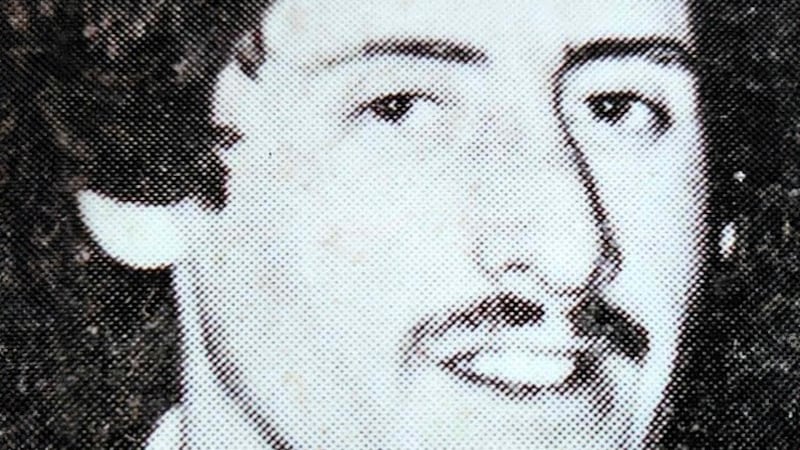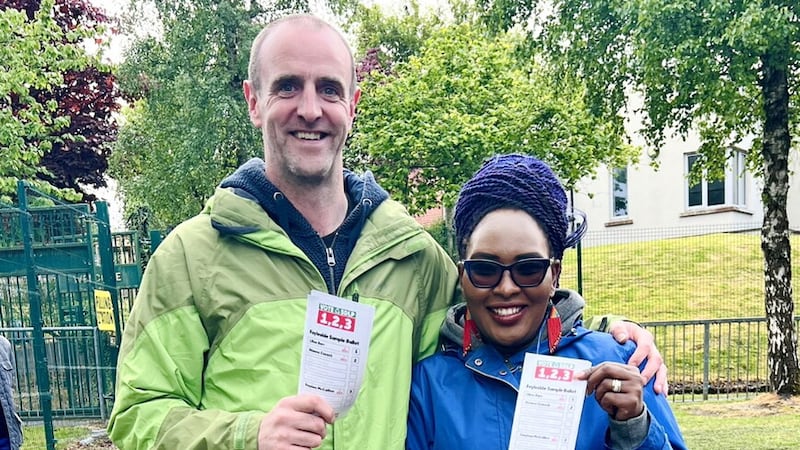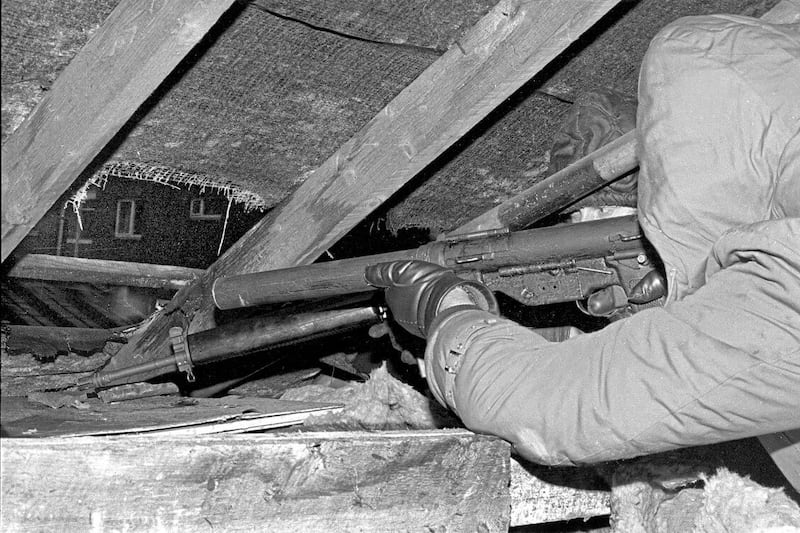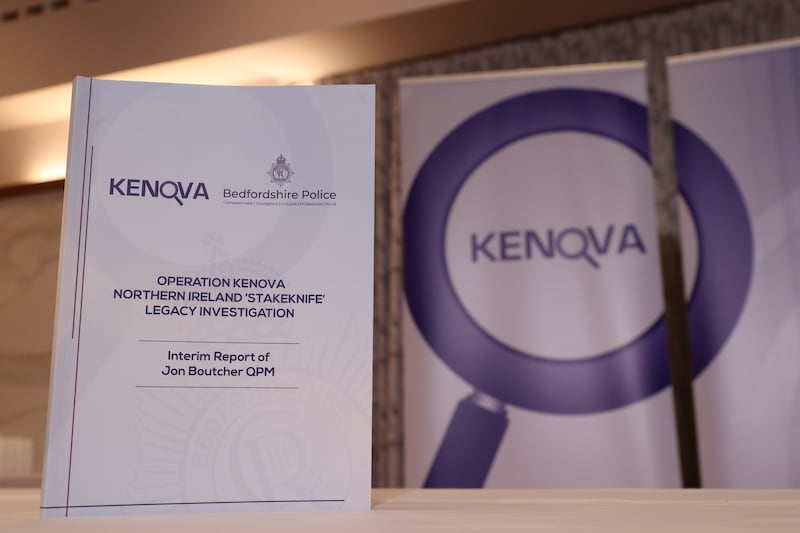A Co Tyrone man shot dead by the IRA after being branded an informer was killed after he “broke” under RUC interrogation, it has emerged.
Father of four Seamus Morgan, from Dungannon, in Co Tyrone, was killed by the IRA in March 1982 after being interrogated by the organisation’s feared Internal Security Unit (ISU).
His body was found dumped near the village of Forkhill, in south Armagh, days after he had been taken from a hotel in Monaghan during a night out.
The IRA later said he was an informer - a claim strongly disputed by many republicans in his home county.
Mr Morgan’s family also believe he wasn’t working for the state when he was killed.
Former ISU commander, Freddie Scappaticci, was involved in Mr Morgan’s interrogation and later provided information to his handlers in the British army’s Force Research Unit.
They in turned passed the information to the RUC but despite this no attempt was made to rescue the victim.
A report into the activities of Scappaticci, who was known by the codename Stakeknife, was published by Operation Kenova last week.
It found that innocent people were killed by the ISU and that some of the IRA personnel involved were working for the state.
Mr Morgan came to the attention of the ISU after he was arrested and questioned by the RUC.
Republicans sources say that during RUC interrogation the 24-year-old “broke” and agreed to work for Special Branch.
It is understood that he also provided police with information about an arms dump located near Dungannon.
On his release from RUC custody, he is said to have reported back to the IRA and admitted that he had agreed to work for Special Branch and had provided information about the dump.
The Irish News understands that the IRA was already aware that the dump had been compromised before Mr Morgan made his admission.
It is understood Mr Morgan later made his way to Monaghan, where he stayed for a period of time before he was detained by the IRA while attending a function.
Last month the Public Prosecution Service said it had taken the decision not to prosecute four individuals referred to it by Operation Kenova.
They included two former British soldiers who worked as agent handlers for FRU and two individuals alleged to have been members of the IRA.
A PPS document provided to Mr Morgan’s family confirmed that the two ex-soldiers, known as Suspect 1 and Suspect 2, were responsible for ‘handling’ an informer, known as ‘The Source’, within the IRA’s Internal Security Unit (ISU) when Mr Morgan was killed.
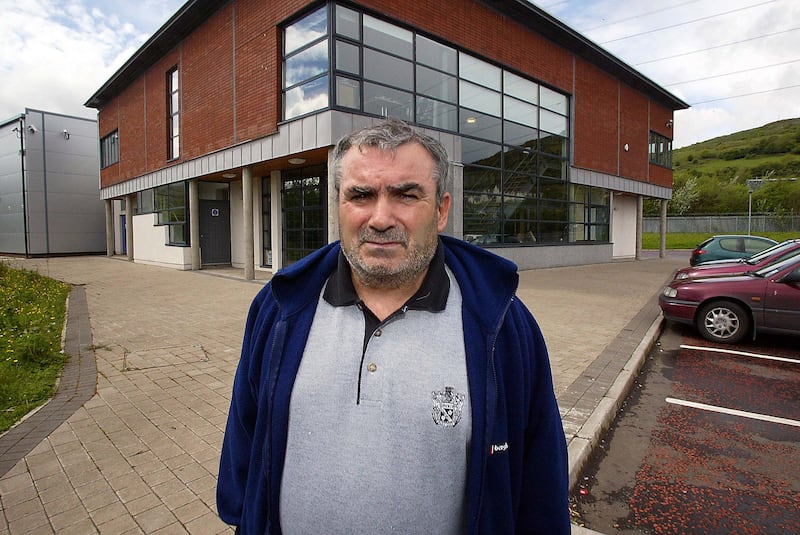
Although not named, The Source is thought to be Freddie Scappaticci.
It is known that Scappaticci returned with others to Belfast on March 3 and reported his involvement along with what he knew to his handlers.
This information was then provided to the FRU’s Operations Officer, who in turn briefed RUC Special Branch the next day.
Records show there was no contact with An Garda Síochána “in relation to a potential rescue attempt” while Mr Morgan was being held south of the border.
Documents also suggest that the RUC believed, “on the basis of information available to them”, that the IRAs ‘Army Council’ would “reprieve” Mr Morgan, who would be allowed to return to the north.
Given that Scappaticci was a British army asset, the evidence presented in the PPS document suggests that the RUC was being provided with information via another source.
Some republicans believe the RUC’s intelligence may have come from a second state mole with direct knowledge of Mr Morgan’s interrogation.
Informed sources suggest the IRA’s full ‘Army Council’ would not have been convened to discuss Mr Morgan’s fate.
Rather, it is suggested that just one member of the ruling body would have been liaising with representatives of the ISU, while the IRA in Tyrone, which raised the initial concerns about Mr Morgan, would also have had input into any discussions.
Suspicions remain in some republican circles that Mr Morgan may have been killed to protect an existing state agent.
It is suggested that at the time Mr Morgan was killed an amnesty was in place for IRA members who admitted to working for the state.
Some republicans say the decision to kill Mr Morgan generated a lot of anger in his home county and should not have happened.
They suggest Mr Morgan’s early admission to his IRA colleagues that he had broken while under arrest demonstrates he had no intention of becoming a paid agent.
Mr Morgan is said to have been a trusted member of the IRA and was close to several prominent figures in east Tyrone in the early 1980s, some of whom were in prison at the time of his death.
Republican sources suggest that had they not been in jail Mr Morgan would not have been killed.
